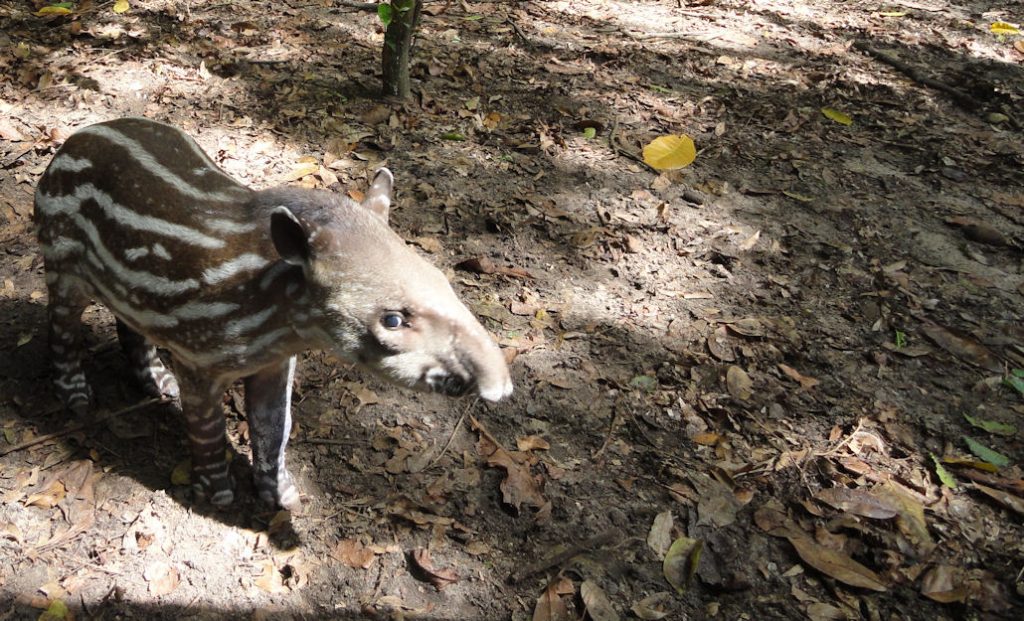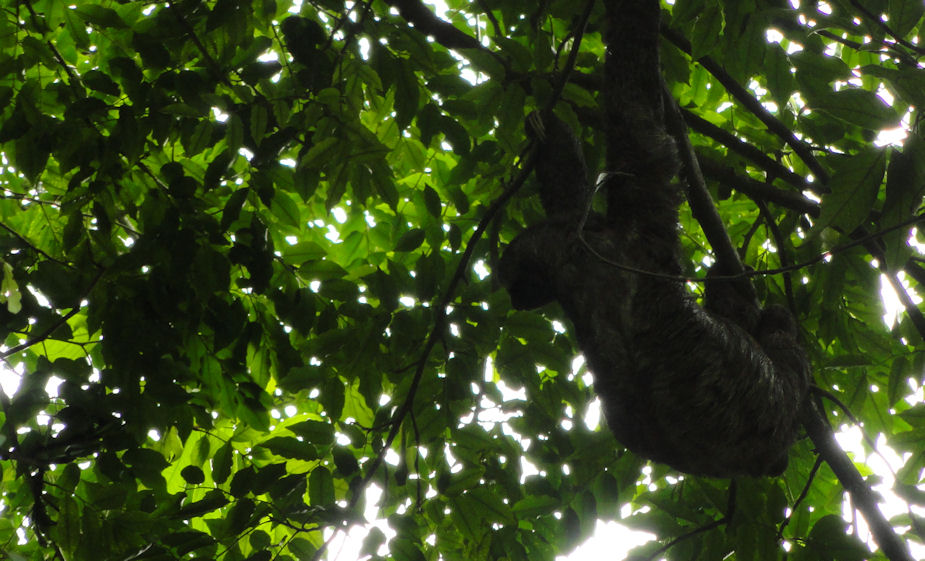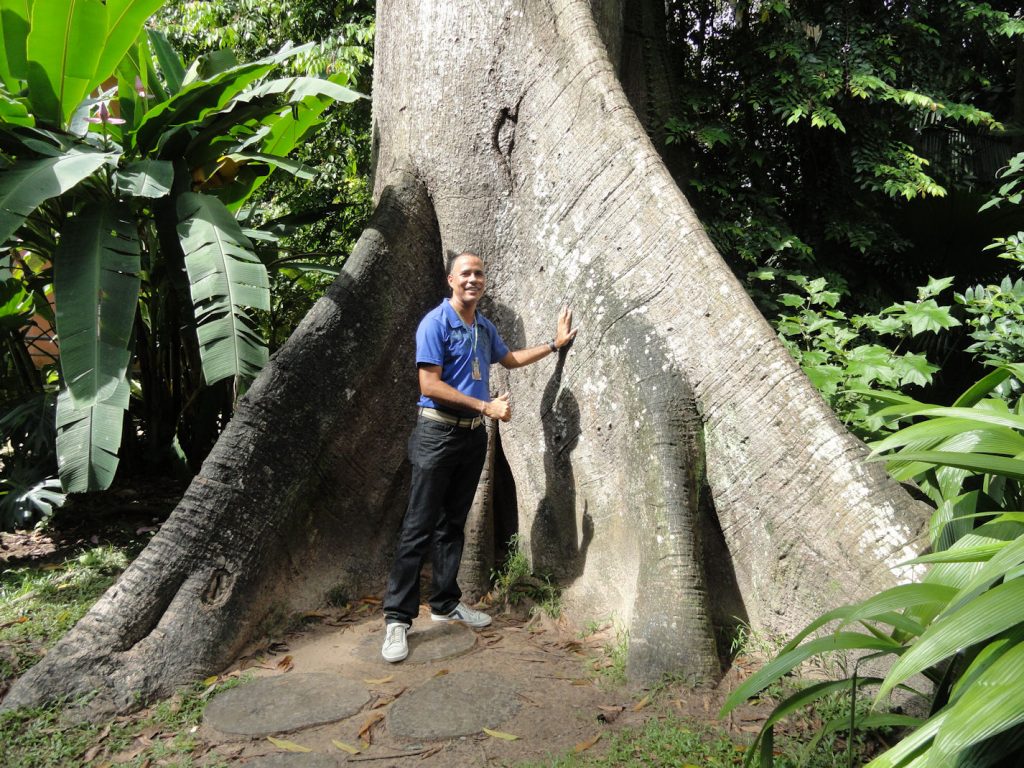
We visted the Museu Paraense Emílio Goeldi mostly just to keep contact. We sometimes have short fuse offers of exchange programs and it is important to have connection before you need them. The museum is also a place to get some background on local history and environment.
The museum is named after Emílio Goeldi, a Swiss anthropologist who organized the collections and did a lot of anthropological studies in Pará and what became the state of Amapá. We talked about the native people of the area. Ancient people of Amapá produced the urns you see above. They contained to bones of the dead. The people who made them are now extinct and not much is known about them, but the urns and related items were used to show the continuity of cultures of Pará and Amapá.
The region was more healthful in pre-Columbian times before the introduction of malaria & yellow fever and could support a larger population using simple agriculture, hunting, gathering and fishing. I mentioned “1493,” the book I have been reading. The author says that malaria had a decisive impact on the history of the Americas. Among other things, it transformed the Amazon from a relatively healthy place to live, in terms of diseases, to a very unhealthy one. The author speculates that malaria came over from Africa with slaves. African populations have some immunity to malaria; natives of the Americas did not.

Much of the archeological and anthropological research in Pará and Amapá was carried out by German or Swiss-German scientist and German influence in general was strong in this region. As you look at the exhibits, it is one German after another. There was a darker side to this in the 1930s. The Nazis encouraged anthropological research as an adjunct to their general race-based theories. I remembered that from my studies in anthropology so many years ago after I was reminded when one of our Brazilian friends mentioned that one of the anthropologists left Brazil to serve as an officer in the Wehrmacht.

Also part of the museum is a zoo and botanical gardens. It is in many ways the old – and IMO good – model of an integrated scholarship. The zoo is mostly a rescue of animals, i.e. they don’t go out and capture them for the zoo. They had lots of sloths and some anteaters. Evidently these slow-moving animals are often victims of traffic accidents.

